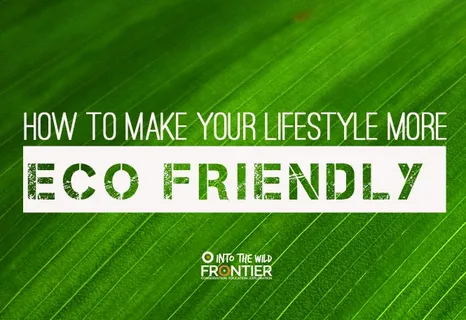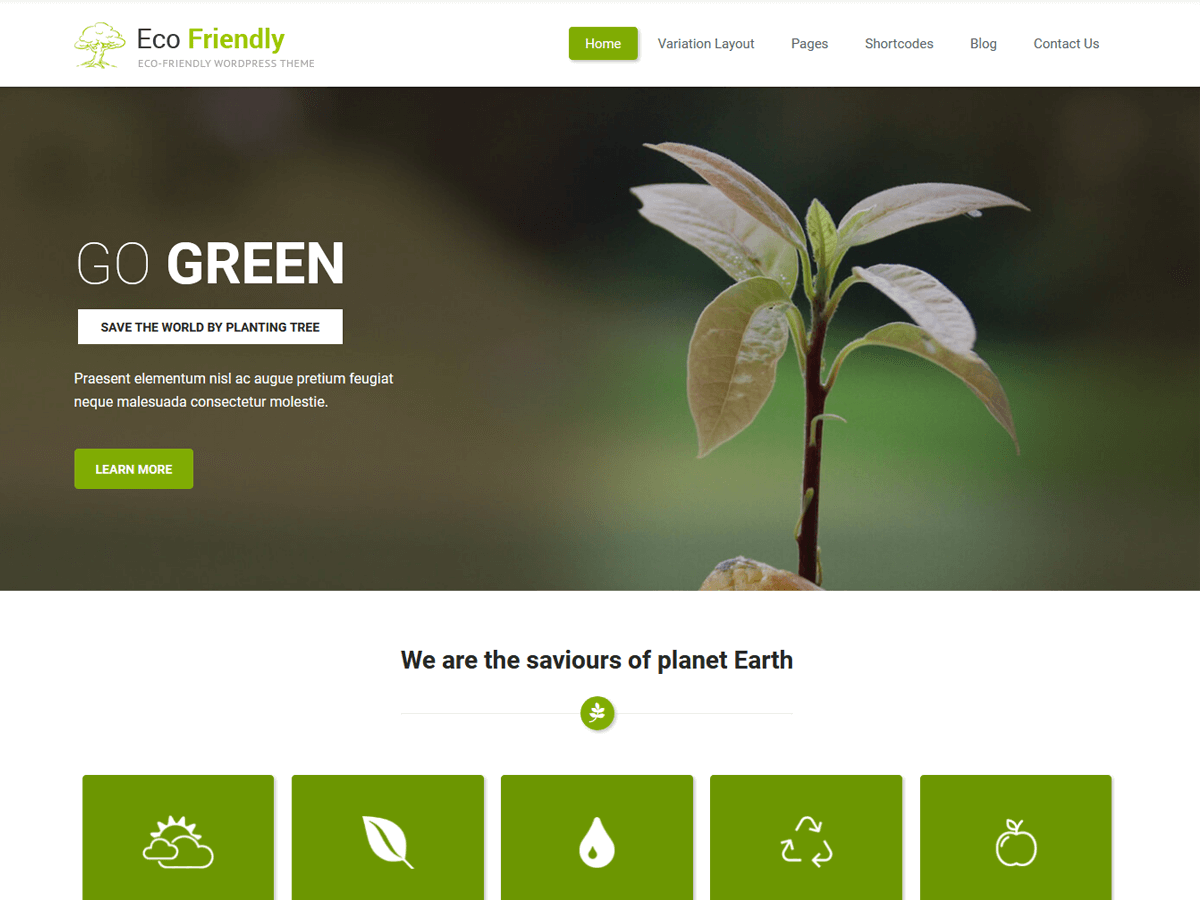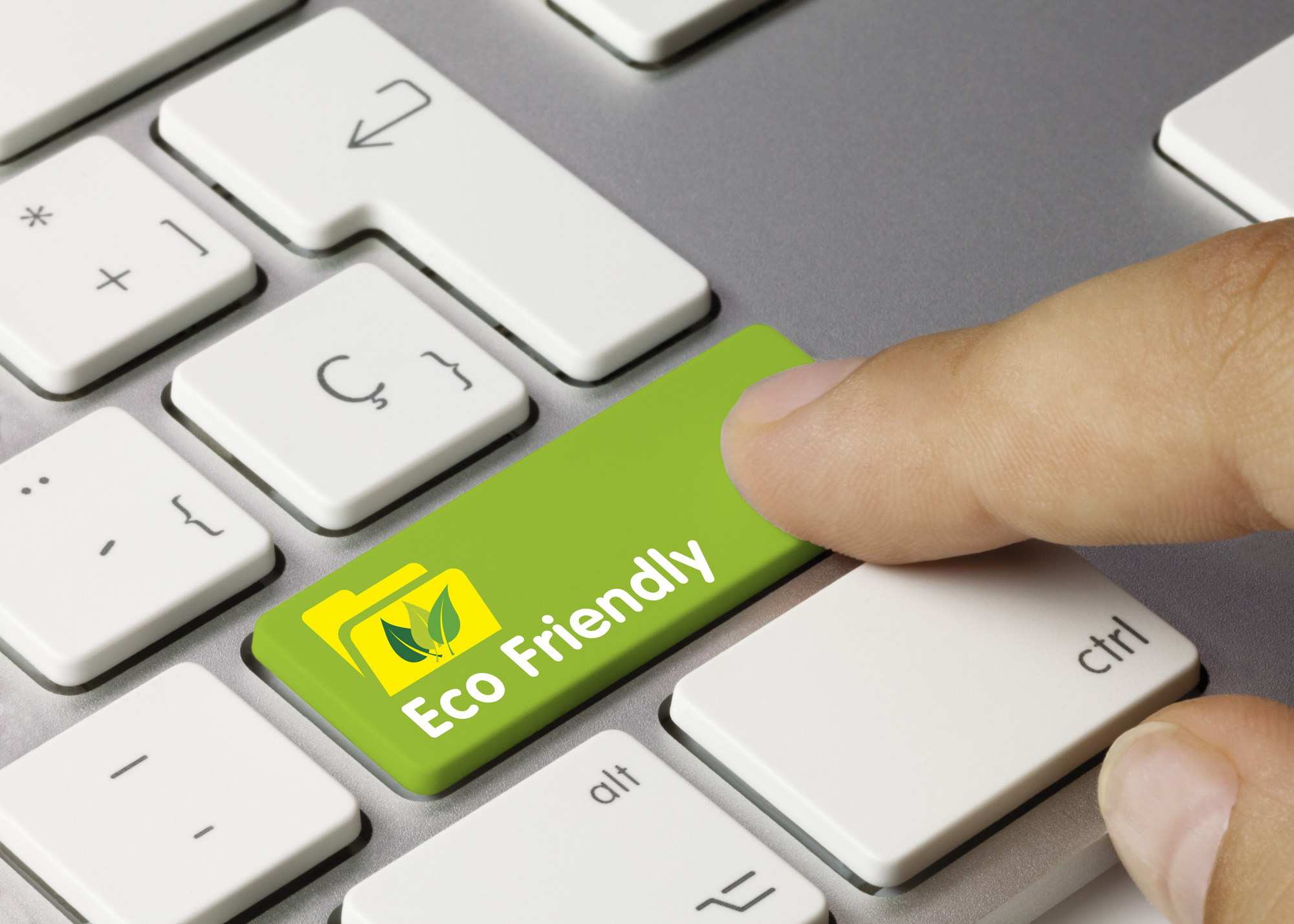Ever stumbled on a website and felt like it took forever to load, or worse, your laptop started heating up like it was sunbathing? That’s the thing with websites that aren’t eco-friendly. They use a lot of energy, and not just your electricity at home; the servers powering them suck up serious power too. I remember my friend in downtown Lahore complaining how her small e-commerce site was costing her more in hosting than she made in a week. That’s when she started looking at “eco-friendly websites” as an option.
So, what are these eco-friendly websites, and why should anyone care? In simple terms, they’re sites designed to reduce energy use and lower carbon footprints. Think of them as the LED bulbs of the internet world same function, less waste.
What Makes a Website Eco-Friendly?
It’s not magic. It’s mostly about being smart with code, images, and hosting. Some things that make a website greener:
-
Lightweight design: Big fancy animations might look cool, but they eat energy. Simple designs load faster and cost less energy.
-
Optimized images: Photos are usually the heaviest part. Compressing them makes a huge difference.
-
Green hosting: Some hosting companies run on renewable energy. It’s like paying your electricity bill to a solar farm instead of a coal plant.
-
Efficient coding: Clean, simple code means the server doesn’t have to work as hard. Think of it like giving a motorbike a tune-up.
I once talked to a small online shop owner in Islamabad who switched to a green host. Her site was sluggish before, and she thought it was just traffic overload. Turns out, she was just wasting energy on an old server. After the switch, pages loaded faster, and she felt proud knowing her site was a little better for the planet.

Why Should Anyone Care About Energy Use in Websites?
Most people don’t think about it, but every time you click on a page, somewhere a server hums and fans spin to deliver that info to you. Multiply that by millions of users, and that’s a lot of energy. I read a story from a blogger in Karachi who realized his blog with lots of big images and videos was causing his hosting bills to skyrocket. He switched to compressed images and a lightweight theme. The site was faster, cheaper, and eco-friendly.
What Are Common Mistakes People Make with Websites?
Even people trying to be eco-friendly mess it up sometimes. A lot of bloggers and small businesses think that just using green hosting is enough. That’s like saying you’ll eat healthy but never stop buying chips. You need a combination of hosting, design, and content choices.
Some mistakes to avoid:
-
Too many big images: Stock photos are nice, but heavy.
-
Auto-playing videos: They look fun, but drain energy and frustrate users.
-
Unoptimized plugins: Extra features that nobody uses still cost energy.
In Lahore, a local blogger had her site packed with plugins she didn’t even use. She noticed users complaining about slow loading. She removed the extr, and suddenly the site felt snappy. It’s a small change, but it matters.
How Can Eco-Friendly Websites Help Your Visitors?
Some folks think eco-friendly websites are just for tree-huggers. But honestly, it’s about speed, cost, and responsibility. Faster sites keep visitors happy, and efficient sites cost less to run. Plus, a lot of people now like buying from brands or blogs that show they care about the environment.
I remember my cousin in Karachi choosing between two local blog shops. One had a fast, clean site, the other had a slow, image-heavy mess. She bought from the fast one even though prices were the same. Eco-friendly sites just feel better to use.
Do Websites Need Seasonal Maintenance?
Just like a roof needs checking before the monsoon, websites need seasonal attention too. Images, plugins, and themes need updates. Otherwise, the site slows down and energy use goes up.
In Punjab, a small food blog noticed traffic dropping every summer. Turned out the large summer recipe images were killing load times. They resized the photos and added caching. Visitors stayed longer, and hosting costs went down.
How Can You Tell if Your Website is Eco-Friendly?
There are tools online that tell you how green your site is. They look at loading speed, server energy, and coding efficiency. But sometimes, just looking at your site honestly is enough. If pages take forever to load or mobile users leave fast, you probably need changes.

What Small Steps Can Make a Big Difference?
You don’t need a full website redesign to go green. Here are simple things anyone can do:
-
Compress images before uploading
-
Limit auto-playing videos
-
Remove unnecessary plugins or widgets
-
Pick a lightweight theme
-
Consider switching to a green hosting service
Even tiny fixes can make a noticeable difference. I helped a friend in Faisalabad with a 10-page site, just by compressing images and cleaning up code. The site was way faster, and she noticed readers stayed longer.
Why Eco-Friendly Websites Are Worth It?
Eco-friendly websites aren’t some weird luxury. They’re practical, save money, and make users happier. Small businesses, bloggers, or even big brands can benefit by thinking about energy use and efficiency. The stories from Lahore, Karachi, Islamabad, and Faisalabad show that even minor changes can have big results.
So next time you notice your laptop heating up while surfing, or your hosting bill is absurd, it might be time to look at how eco-friendly your site really is. You’ll save money, time, and maybe even a little guilt about energy waste.
So, Should You Care About Eco-Friendly Websites?
The short answer is yes. Even small changes can make your site faster, cheaper to run, and better for the planet. From compressing images to picking a green host, every little step counts. Plus, visitors notice when a site works smoothly; it keeps them coming back.
Eco-friendly websites aren’t just about being “green.” They’re about being smart, practical, and thoughtful. Whether you’re running a blog, a small business, or just curious about saving energy, thinking about how your site uses power is worth it.
At the end of the day, making your website eco-friendly is kind of like fixing a leaky roof. Small fixes now prevent bigger problems later, save money, and make everyone happier. So why not start today?
Also Read: Website Ranking Tips
FAQs
Why are your internet habits not as clean as you think?
Even small things online use energy. Streaming videos, auto-playing ads, or keeping tons of tabs open all add up. Every click sends a request to servers somewhere, and those servers need power. So your normal browsing isn’t as harmless as it seems.
What is eco-friendly website design?
It’s designing websites to use less energy and load faster. This means lighter images, simpler layouts, fewer unnecessary plugins, and green hosting. Basically, it’s making a website that works well and doesn’t waste energy.
What is Ecograder?
Ecograder is a tool that checks how eco-friendly your website is. It looks at things like page size, image use, and server efficiency. It gives you a score and tips to make your site greener.
Is the internet sustainable?
Not really. Most websites, apps, and streaming services use a lot of energy. Some companies are trying to use renewable energy and efficient servers, but overall, the internet consumes a huge amount of electricity worldwide.
What is a green website checker?
It’s an online tool that shows how “green” or energy-efficient a website is. It checks loading speed, server usage, and sometimes carbon emissions. Ecograder is one example.
Is social media bad for the environment?
Yes, in a way. Platforms like Facebook, Instagram, and TikTok need huge data centers to store content and run ads. All that electricity adds up. Watching videos and scrolling a lot can indirectly increase energy use.
What is a sustainability checker?
A sustainability checker measures how eco-friendly your website or online activity is. It looks at energy use, server efficiency, and content size. It helps you make your site more efficient and greener.
What are eco-friendly websites?
These are sites designed to reduce energy use, load faster, and have a smaller carbon footprint. They usually have clean code, optimized images, a lightweight design, and use green hosting.
What are the eco-friendly things?
Online, eco-friendly things include compressed images, simple design, efficient coding, and hosting powered by renewable energy. Offline, things like solar panels, LED bulbs, and recycled products are eco-friendly.
What do you know about eco-friendliness?
Eco-friendly means causing less harm to the environment. For websites, it’s about saving energy, reducing server load, and lowering carbon emissions while still giving a good user experience.
What do you need to be eco-friendly?
For websites, you need optimized images, a lightweight design, green hosting, and minimal unnecessary plugins. Offline, it’s about making choices that use less energy and create less waste.
